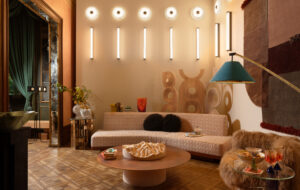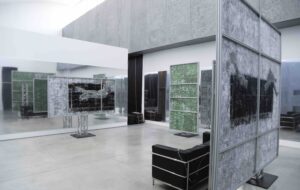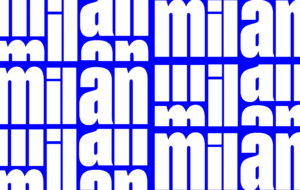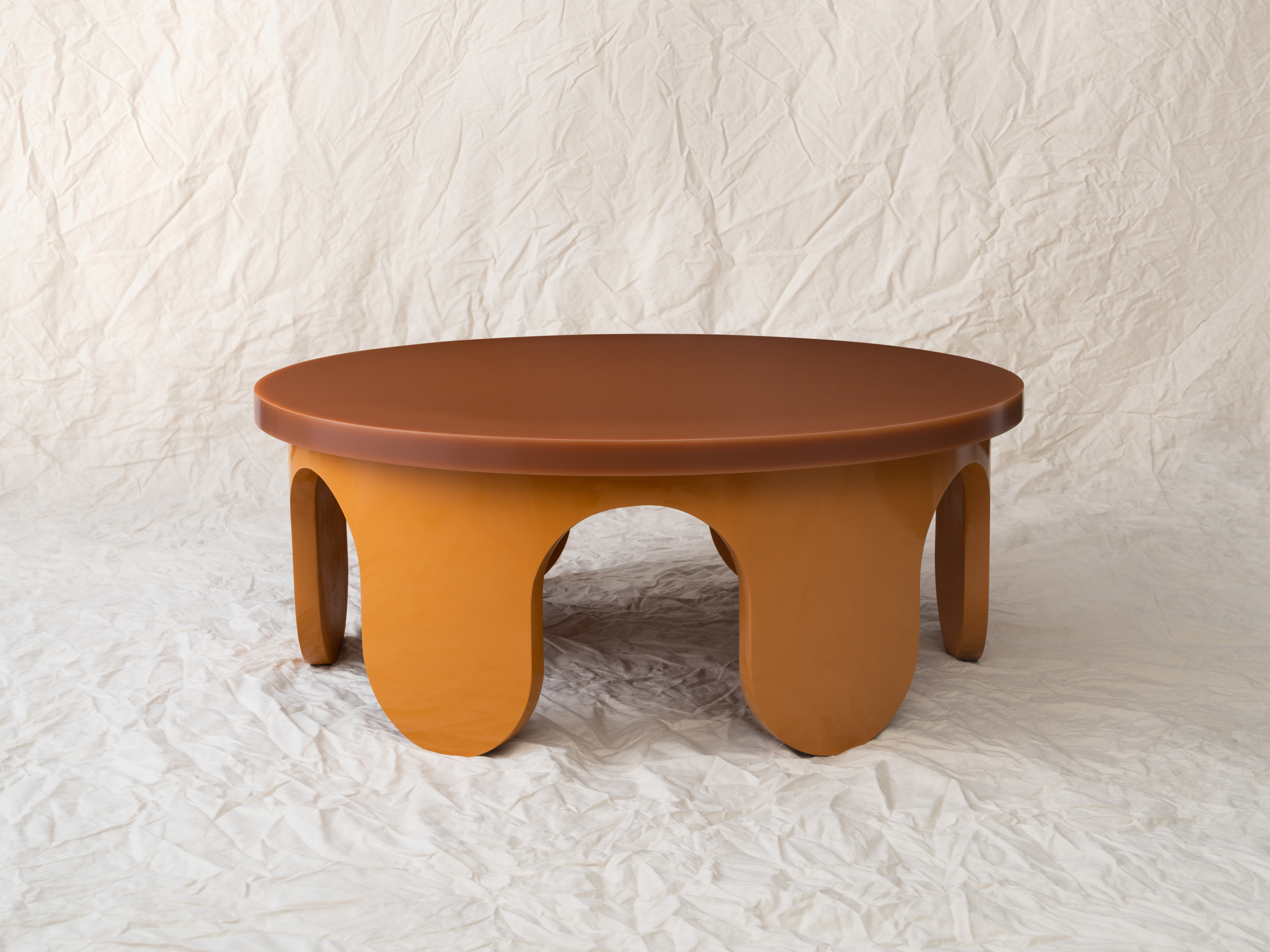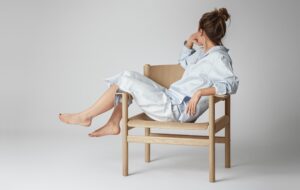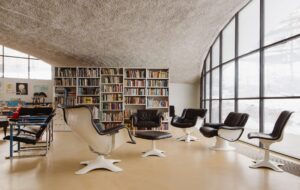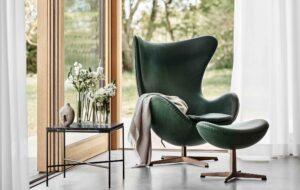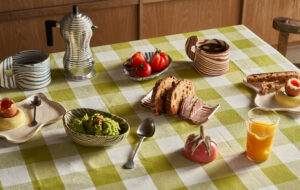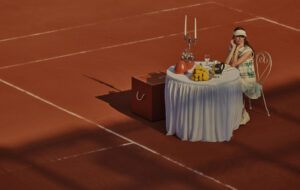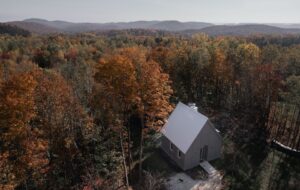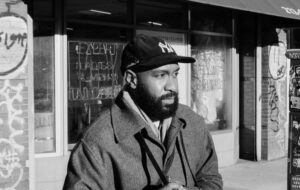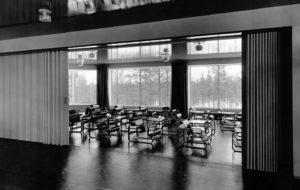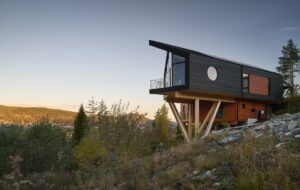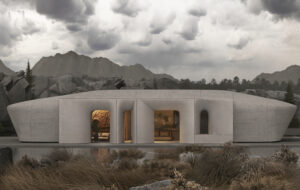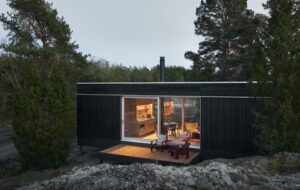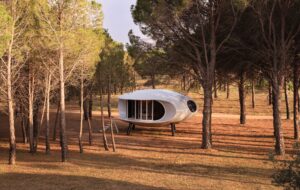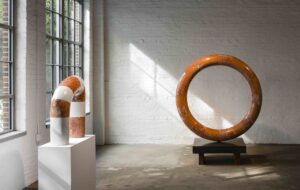
words Alex Wiltshire
This Anglo-Dutch architect proposed an audacious piece of topography in the notoriously flat Dutch landscape.
S333 takes seriously the Dutch proverb “God made men but men made the Netherlands”. The landscape in the Netherlands is largely reclaimed, and close practical involvement with the land characterises the history and culture of the country. S333’s attitude is that the creation and maintenance of artificial landscapes and surfaces are as powerful a means of creating a public space as built form.
The Dutch Mountain project in Zaanstad, part of a masterplan for the city, is based around the capping and sealing of a waste dump with 43,000cu m of semi-contaminated earth to create an artificial hill on a 0.5ha site with a lake. The hill sits between the city and adjacent wetlands.
To a large extent the hill’s form was a given. Capping a dump necessitates 50cm of topsoil before a polyurethane membrane sealant is applied and a 40° incline limit to restrict erosion and water runoff, and to help with maintenance. S333 gave this form narrative with a topological approach to the land. Zaanstad becomes the first city in the Netherlands to have a “mountain”, and a new panorama and perspective is provided on a familiar landscape.
Another theme of the project was to attract people outside and get them to interact with their environment. Partner at S333 Burton Hamfelt says: “We want to create public pleasure, to encourage and facilitate walking for its own sake.”
The Dutch Mountain as a whole is not just about walking, though. A mesh of black asphalt pathways wind up and across the slope, so people can walk leisurely around, run up or cycle down, always choosing their own way. The pathways, edged with white brick, also turn the hill into a series of manageable gardens or cells.
These defined spaces between pathways are intended to be multi-use but many will be filled with grass cut to different lengths to offer textural variety between cells.The project includes planning for maintenance so that these areas will be different colours, dependent on the season and mower blade length. Hamfelt says: “The cells use the nature of the different colour of grass at different lengths to give textural variety.”
The project as a whole is considered as a living thing, from the continual movement of users to the movement of soil settlement, planting cycles, seasons and weather. For S333 the volumetric and temporal properties of plants are intrinsic to its ideas of surface and landscape as a part of architecture.”Landscape is not secondary, it is an opportunity to soften the edges around what are essentially a series of blocks,” says Hamfelt. “Landscape should involve delight. We want to highlight that you don’t need to spend millions of pounds on big parks. We are about making things in places you don’t expect them.”

